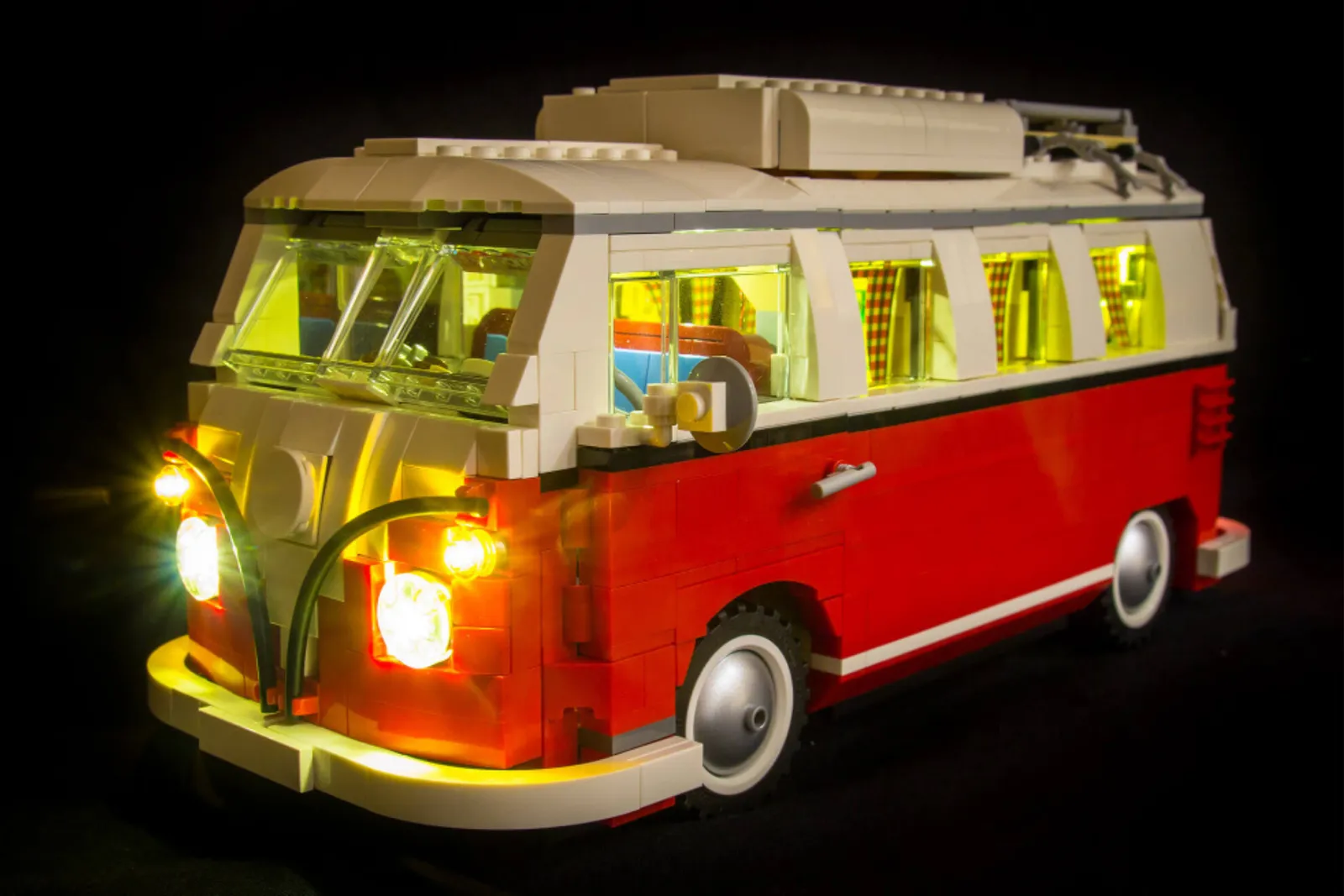As discussed in the previous instalment, our van is equipped with a pair of 100 amp-hour (Ah) deep-cycle batteries to power our 12-volt appliances. That's a total of 200Ah. Given the 50% discharge limit of AGM batteries, we actually have around 100 Ah of ‘usable’ battery capacity.
But how long will this 100 Ah battery capacity be able to supply enough electrical current to keep the fridge running when we are free-camping?
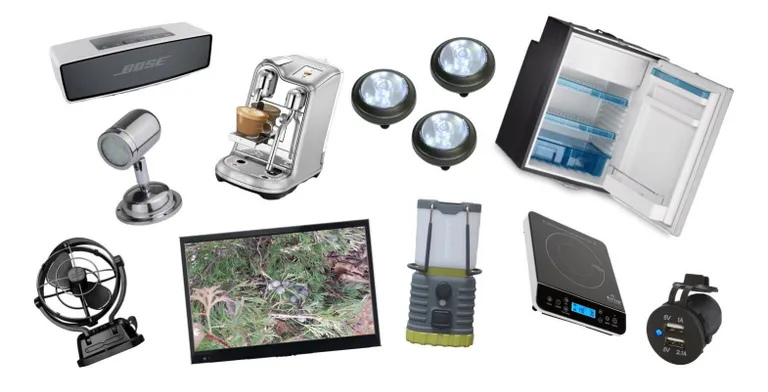
The first step in answering this is understanding how much current (amps) our 12-volt appliances draw from the batteries. This can be measured using a suitable meter – an ammeter – when each appliance is running. More easily, the figure can be sourced from the manufacturer's specifications in the back of the appliance manual or found online.
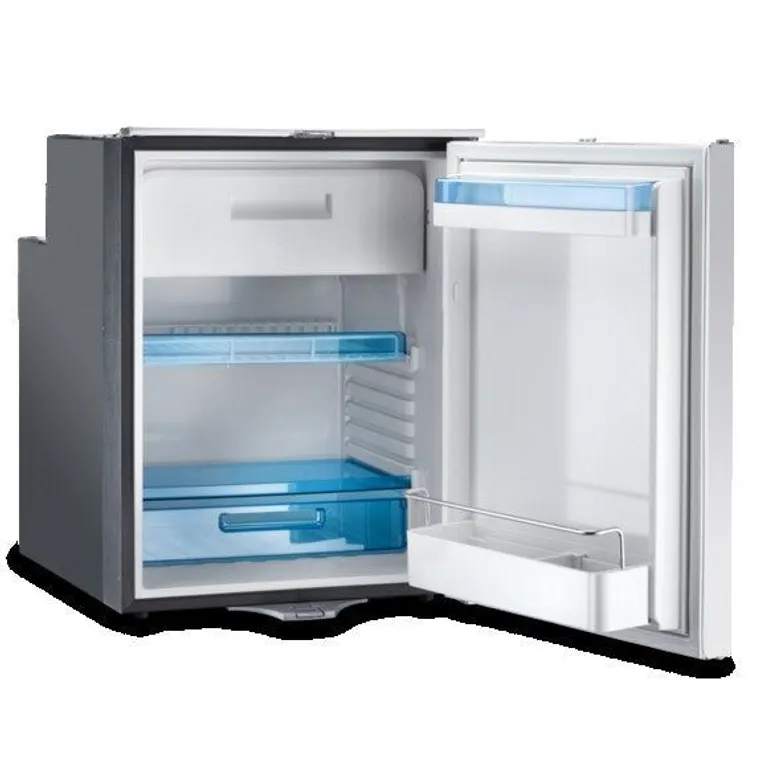
Refrigerator - Our fridge is our biggest consumer of stored battery energy. Our 110L Dometic fridge/freezer consumes around 2.5 amps per hour, once it is cold, and runs 24 hours a day. It can draw over 6 amps when it is starting up and initially cooling down, which is why it is always a good idea to hook up to a mains power outlet in the garage the night before departing on a trip, to get the fridge cold. For 24 hrs at 2.5 amps, the fridge will consume around 60 amp hours per day. This is likely to fluctuate a little, depending on variables such as the ambient temperature, how much food is in the fridge and how often the door is opened. Either way, that’s more than half our available 100 Ah battery capacity, consumed by the fridge every day.
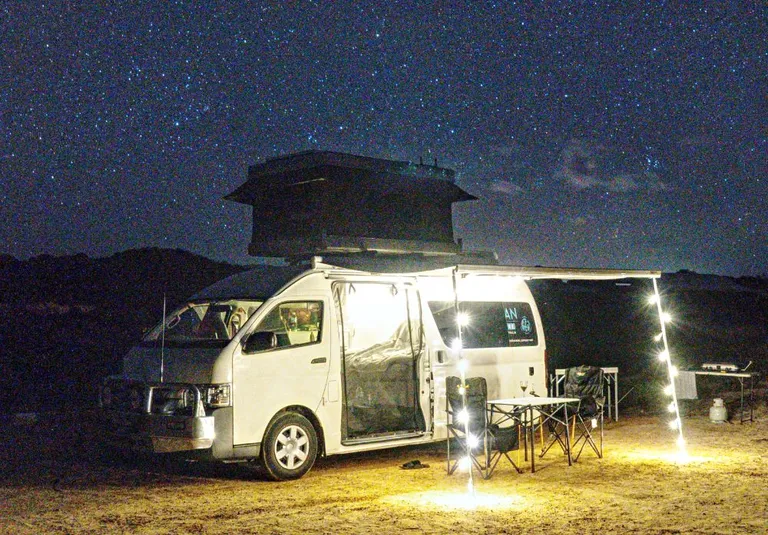
Lighting - The current consumed by our LED lights is trivial compared to the electrical appetite of the fridge. We have LED lights in the roof of the living area, in the bathroom, over the galley and under the awning, as well as reading lights above the sleeping area. Depending on the size of the light and the number of LEDs they contain, these devices consume between 0.1 and 0.4 amps per hour. If we run our ceiling lights and kitchen galley lights for 1 hour and the reading lights for 2 hours each day, the current consumed by our LED lights will be around 2 Ah per day.
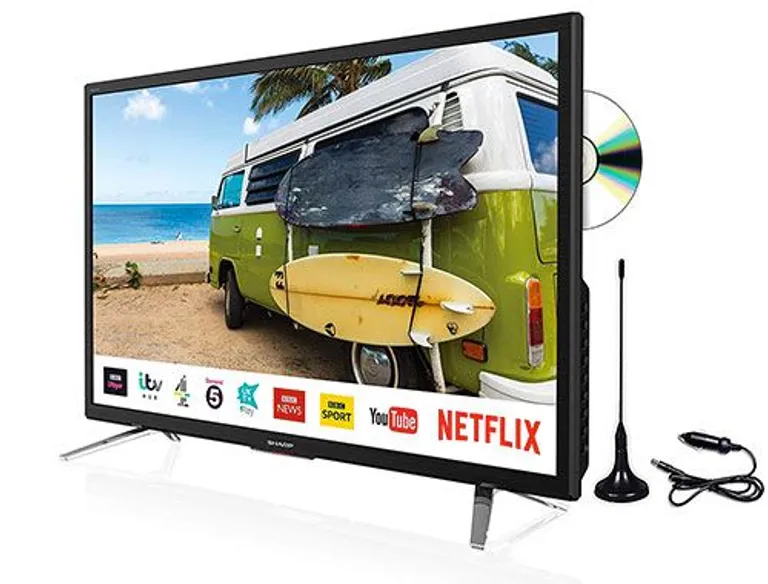
TV/DVD - Our TV/DVD draws about 1.5 amps per hour; possibly a little more when watching a DVD, with a small motor rotating the disk. When not in use, we disconnect the unit from power (to avoid ‘standby’ drain) and turn off the antenna booster. Let’s say that at 1.7 amps for 2 hours per day, the TV/DVD unit consumes 3.5 Ah per day. Alternatively, reading a book consumes 0 Ah per day!
Water pump - Our water pump draws a maximum 5.2 amps when running, which is likely to be no more than 15 mins each day. That runs out at about 1.5 Ah per day.
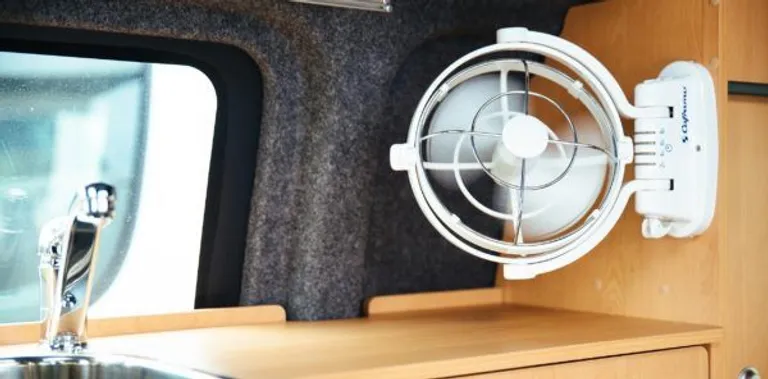
Sirocco Fan - The fan has 3 speeds, drawing 0.12/0.22/0.35 amp, depending on the speed setting. Leaving the fan running for 3 hours on the low or mid-range setting, which we often do at night, will draw less than 1 Ah from our battery.
iDevices - We try to recharge our phones/iPads/etc when we are driving, so as not to deplete our house batteries when camped. We also carry a portable USB battery pack which can be charged while driving and later used to provide an extra top-up charge for phones when we aren't on a powered site. An iPhone battery requires around 2.6 Ah to fully charge, while an iPad will require around 11.6 Ah to fully charge. Given our other off-grid recharge options, let’s assume another 2 Ah of battery drain for occasional phone top-ups, etc. Summarising the above info, the average daily energy consumption of our appliances is:
- Fridge: 60 Ah
- Lights: 2 Ah
- TV/DVD: 3.5 Ah
- Water pump: 1.5 Ah
- Fan: 1 Ah
- iDevices: 2 Ah
That makes a grand total around 70 Ah per day. It doesn’t, however, include full USB iDevice charging, the diesel heater fan, stove ignition, appliances on ‘standby’ or the use of any inverter-powered 240V appliances (although we don’t use an inverter).
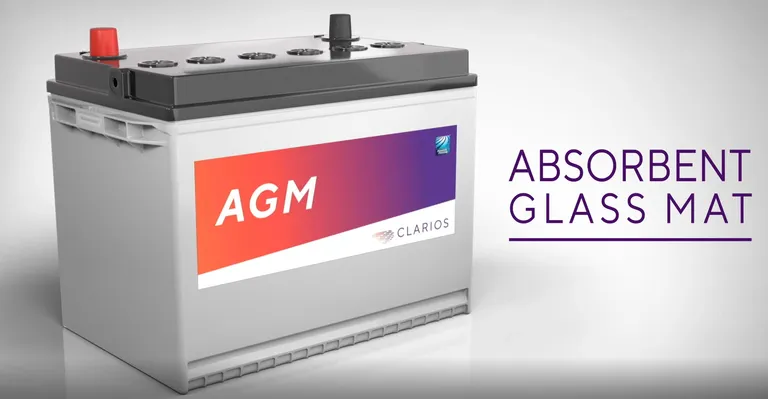
If our total usable AGM battery capacity is 100 Ah and the consumption of our appliances is 70 Ah per day, then without any battery recharging we have less than 1.5 days (35 hours) of total battery capacity to keep our 12-volt appliances operating. That’s if we totally flatten the battery, which is certainly not the way to go.
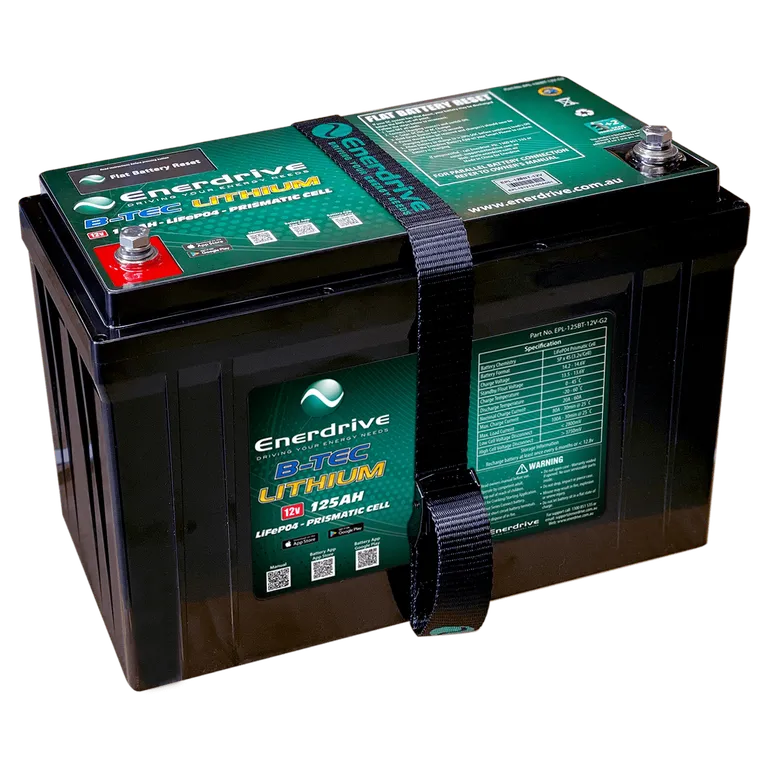
If we had Lithium batteries of a similar capacity – 200 Ah – and we were discharging them to 80% capacity, we would have a ‘usable’ capacity of 160 Ah. Consuming this stored energy at the rate of 70 Ah per day would give us 2.25 days (54 hours) of usable current, without any recharging.
This is all in theory of course, and assumes no battery recharging at all. In reality of course, we do have the ability to recharge our batteries, greatly extending the time the batteries are able to power our appliances, but more of this in our next instalment, which will focus on battery recharging.
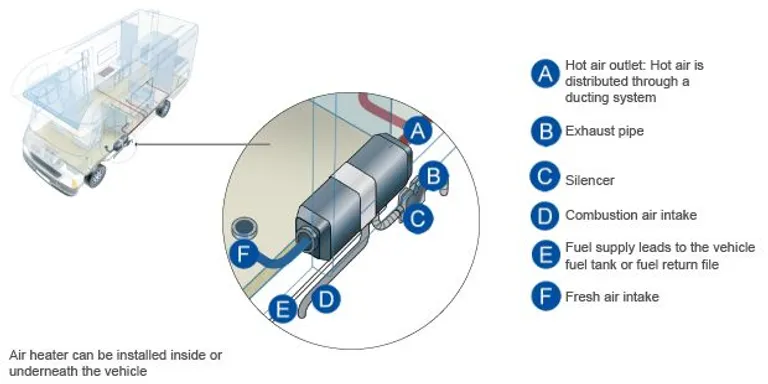
Heaters and other stuff
While our diesel-powered air heater is powered primarily by diesel fuel, a small amount of 12-volt power is used to ignite the fuel to start the heater and to keep the heater fan running – about 1 Ah on medium speed (the same applies for LPG-fuelled heaters).
Our Truma LPG hot water heater uses a small amount of 12-volt current to ignite the gas and about 0.16 Ah while heating the water (not to be confused with the Truma model that also has an electric heating element for use when plugged into 240-volts). The manual also suggests that 0.05 amp of current is drawn when in 'standby' mode.
Keep in mind that other appliances also consume small amounts of electrical current when in standby mode, when not actually being used – the water pump, hot water heater, TV, antenna booster, etc.
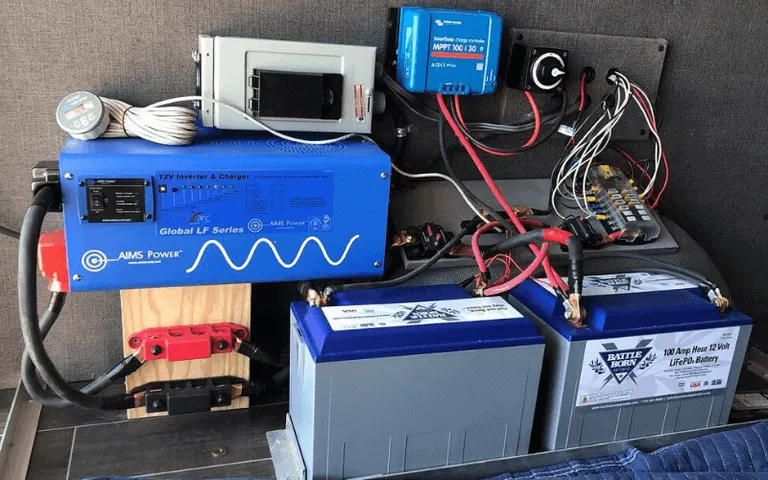
Inverters
Portable 240-volt appliances, such as kettles, toasters, hair dryers and more, recently, induction cooktops, are gaining popularity in RVs when powered by 12-volt batteries. This is made possible using power supplied through an electronic gadget known as an inverter.
An Inverter is an electrical device that can supply 240-volt AC output from a 12-volt DC battery input. It sounds great and almost magical, but there are some serious limitations that need to be understood. These are based around inverter capacity, battery capacity and – most importantly but often ignored – wiring capacity.
Inverter Capacity:
An inverter must be rated to supply at least the amount of power that is drawn by your appliances. This is measured in watts (W), with popular inverters usually rated from 1000 to 3000 W. Check the power rating of the appliances you intend to use before purchasing an inverter. As always, there are cheap inverters and more expensive inverters. Look for a quality inverter that provides a ‘pure sine wave’ output, which is important for sensitive electric devices like laptops and mobile electric, which require ‘clean’ alternating current input. The term ‘clean’ means lacking surges/spikes in the supply that can overload devices.
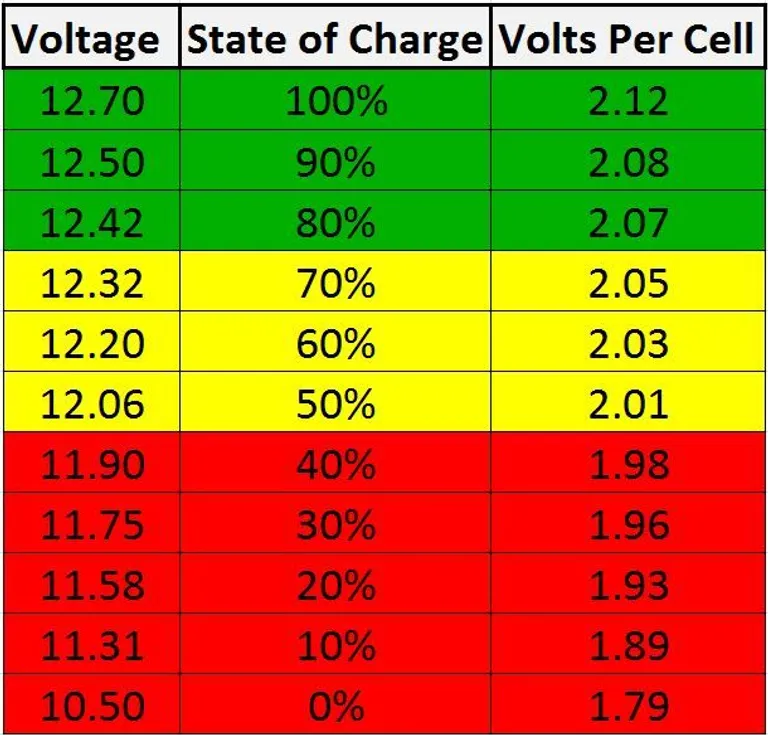
Battery Capacity:
Your batteries must also be up to the task of supplying the current that will be drawn by an inverter when powering a 240-volt appliance. Many draw large amounts of current from your battery. For example, while our 12-volt compressor fridge draws 60 Ah of current from our batteries over 24 hours, an 1800 W induction cooktop connected through an inverter can draw the same amount of current in just 20 minutes! Some appliances draw an even higher initial load as they start up and the battery has to have the capacity to supply this current. Check your battery’s specifications for ‘peak’, ‘sustained’ or ‘continuous’ output rating, measured in amps. How do you calculate how much current an appliance draws from your battery? Most appliances display a label indicating their power requirements, measured in watts (W). Without going into all the technical details here, a neat rule of thumb to calculate the current drawn from your battery (in amps) when running an appliance through an inverter is to divide the appliance’s power draw (in watts) by 10.
For example, an 1800 watt induction cooktop will draw around 180 amps from your 12-volt battery. This figure is over a period of 60 minutes, so if you are cooking for 15 minutes you will draw around 45 Ah from your battery's stored energy. In general, appliances that generate heat will suck plenty of amps from your battery. CPAP machines – used to assist those with sleep apnoea – draw a more reasonable 30 to 60 W, which will consume about 3 to 6 amps per hour from your battery. An 8 hour sleep at 6 amps per hour will consume around 48 Ah from your battery’s stored capacity.
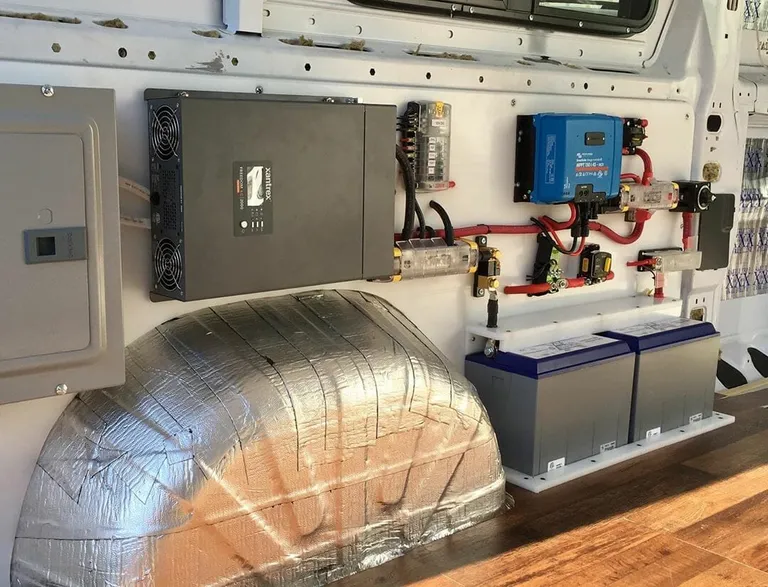
Wiring Capacity:
The current drawn by 240-volt appliances requires not only a quality inverter and substantial battery capacity, but also a heavy duty wiring connection (with an appropriate circuit breaker) between the battery and inverter. Also, this wiring run should be as short as possible, meaning the inverter connection should be close to the battery. To put this in perspective, an induction cooktop installed in your kitchen at home usually requires a dedicated high capacity circuit to be installed from the kitchen to the switchboard. How good is the electrical wiring in your van?

Final Thoughts:
Unless you have a new van with a 12-volt electrical system that has been purpose-built for use with an inverter, be very careful. Use these devices only if you really, really need those 240-volt appliances and there isn’t an LPG or 12-volt powered alternative available. Alternatively, stick to using an inverter to power only relatively low power appliances like CPAP machines (30-60 W) or charging a laptop computer (30-60 W) or an electric shaver (10-20 W).
This situation may well change over time as the technology improves and the use of inverters will likely become more widespread. But for now, the regular use of 240-volt appliances in a motorhome requires the installation of dedicated infrastructure – a quality inverter, robust cabling and (preferably) an appropriate lithium battery bank able to supply high peak and continuous current output.
With this much current draining from your batteries you will also need a reliable and efficient battery charging regime to recharge those rapidly-discharged batteries. Which takes us to our next instalment – recharging your batteries…

